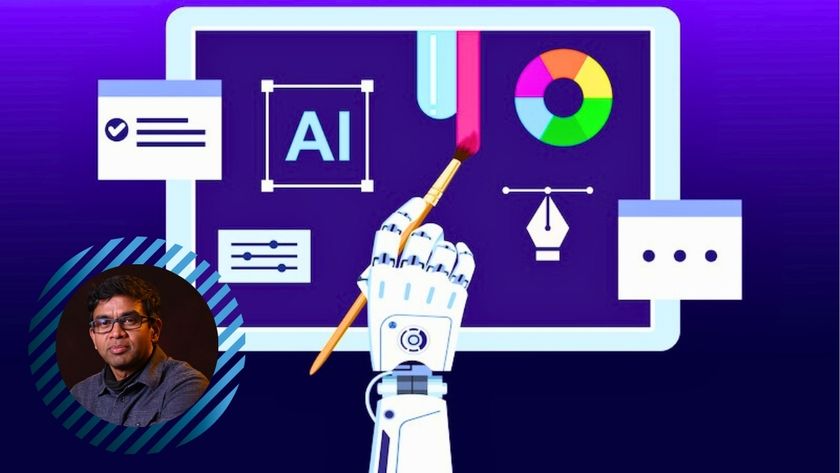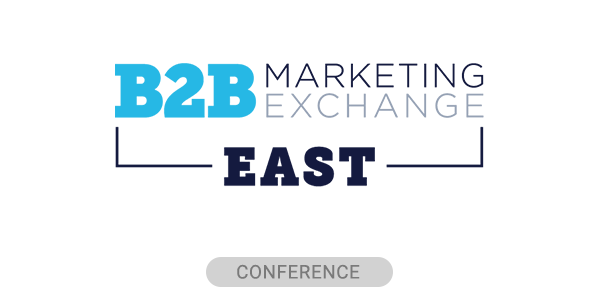Most people today can spot lazy artificial intelligence (AI)-generated marketing copy. Proposals are more subtle. They’re polished in a way that seems professional at first glance, containing attributes such as smooth grammar, consistent tone, neat paragraphs. Too neat. Real writing has quirks, hesitations, and sudden shifts in focus. That’s often where you find the truth.
Both sides have a lot at stake. Vendors risk diluting their edge by sounding like every other “innovative, customer-focused” contender in the stack. Buyers risk being persuaded by words that look convincing but hide a hollow core. The real danger isn’t AI itself; it’s letting generic, poorly-crafted content— whether AI-generated or human-written— carry the weight of judgment, expertise, and the human insight that actually wins deals.
The universal opener is the first giveaway. If the lead paragraph could slide into any proposal for any buyer in any industry, it’s not tailored. Poorly-prompted AI gravitates toward generic safety: “We understand the challenges you face in today’s rapidly evolving market.” That’s content wallpaper. A strong opening goes straight to the buyer’s world, which is something from the RFP itself, a constraint they’ve named, or a problem they’ve admitted in plain terms.
On the Trail of AI Content
The next tell is unnatural consistency. Natural writing speeds up, slows down, and occasionally breaks stride. You’ll find short, clipped bursts alongside longer, more tangled sentences. Rushed AI output tends to move with mechanical steadiness, sentence after sentence at similar length. Read it aloud. If every paragraph sounds like it came from the same template, that’s a signal. But remember: corporate style guides often require this consistency, so context matters.
Structure is another clue, though not foolproof. With hasty AI use, responses often follow the same skeleton: a statement of alignment, a broad benefit, then a tidy closing sentence. Repeat for every question. Human writers and skilled AI users adapt structure to the question and the context, sometimes leading with evidence, sometimes with a story, sometimes skipping conclusions entirely.
Clues to Spot
Then there’s the overuse of superlatives without backing. “World-class.” “Unmatched.” “Best-in-class.” These are the linguistic equivalent of costume jewelry, shiny but not worth much. Experienced proposal writers lean on proof, not decoration. They’ll name the differentiator, explain how it works, and show evidence that matters to the evaluator.
A subtler clue comes in the form of details that vanish on inspection. Real expertise shows up in specifics such as naming the outdated system replaced, explaining the one integration that always causes headaches, quoting an actual deployment metric. Weak AI use mimics this by gesturing at detail e.g.”integrates seamlessly with leading CRM platforms” without committing to anything measurable. Fair warning: experienced vendors using AI strategically can absolutely include these specifics if they guide the tool properly.
Tone is another area where rushed AI work slips. Even formal writing has a fingerprint. Things like an unexpected turn of phrase, a subtle aside, or a direct admission that a particular approach has trade-offs. Hastily AI-polished content strips all of that away. The result is polite, consistent, and entirely without personality. It’s like reading the transcript of a corporate press release.
Bad Copy
Consider a real-world example. Here’s an RFP question: “Describe your approach to onboarding new customers and ensuring full adoption of the platform within the first 90 days.”
Low-effort AI response:
Our onboarding process is designed to ensure customers achieve rapid time-to-value and experience a seamless transition. We begin with a comprehensive discovery session to understand the customer’s needs, followed by a tailored implementation plan. Throughout the first 90 days, our dedicated customer success team provides regular check-ins, training sessions, and best practices to ensure adoption. Our goal is to empower every customer to maximize their investment in our platform.
At first glance, it reads fine. On closer look, it’s fluff. No metrics, no concrete deliverables, no operational insight. Every sentence is balanced in length. The language is safe enough to work in any industry for any buyer.
Good Copy
Now compare that to a response with substance (whether human-written or AI-assisted by someone who knows their business):
We front-load onboarding so the customer hits their first measurable win within 21 days. Day 1 starts with account provisioning and security setup, usually a half-day call with their IT lead and admin. Week 1 focuses on core workflow configuration because skipping it almost always creates rework later. Training is split into three sessions because one big webinar kills retention: admin, power user, and casual user. At Day 45, we run a mid-point review: usage reports, feature adoption metrics, and a short feedback call to catch blockers. By 90 days, we aim for 80% active logins and at least two automated workflows in production. If we miss those, we extend success coverage until we hit the target.
This version is harder to fake without real experience. It includes specifics, shows operational priorities, and admits there’s a process for recovering from missed goals. It sounds like the writer has done this many times. Could sophisticated AI generate this? Absolutely if prompted by someone with genuine expertise who knows these details matter.
The Evolving Game
For vendors, the takeaway is straightforward. AI can be a powerful drafting tool, but it’s not your closer. Look to identify metrics you’ve actually hit, examples from real accounts, the quirks of your process that a machine wouldn’t know without your guidance. If an evaluator stripped your name from the proposal, they should still be able to tell it’s yours based on the specific expertise shown.
For buyers, generic prose should trigger the same reflex as a résumé full of “strategic thinker” and “results-driven.” Push for specifics. Ask exactly how the vendor would get from kickoff to measurable outcome. Look for operational detail that could only come from doing the work or from AI guided by someone who’s done the work.
As AI tools improve, the line between AI-assisted and human writing blurs. Smart vendors are already using AI to communicate their expertise more efficiently. The real question isn’t “Did they use AI?” but “Do they demonstrate the depth of understanding and proven capability we need?”
The best proposals, AI-assisted or not, carry proof of life. They feel lived-in, tested, and confident in the way only real experience can produce. Focus on finding that substance, regardless of the tools used to express it.
 AJ Sunder, co-founder and Chief Information and Product Officer of Responsive, spearheads the company’s product, engineering, and information security programs. Prior to founding Responsive, Sunder led Product Development and Security teams in Telecom, Healthcare, and Aerospace & Defense industries.
AJ Sunder, co-founder and Chief Information and Product Officer of Responsive, spearheads the company’s product, engineering, and information security programs. Prior to founding Responsive, Sunder led Product Development and Security teams in Telecom, Healthcare, and Aerospace & Defense industries.







